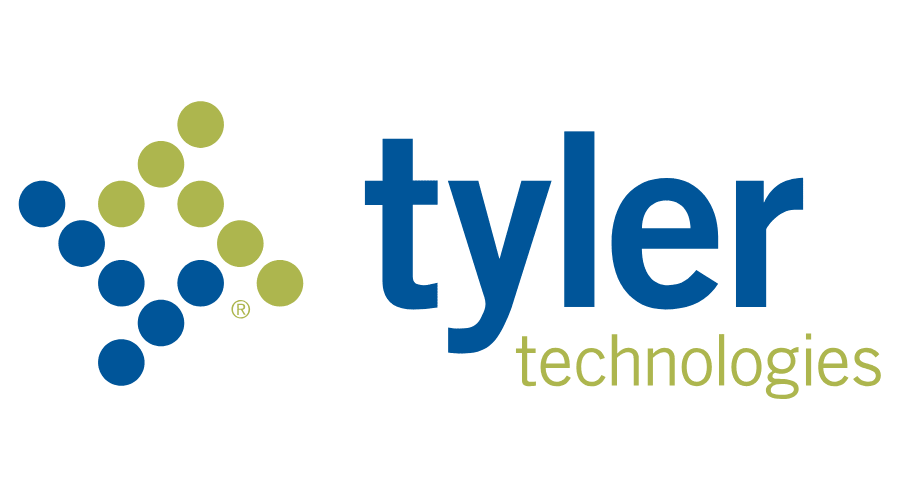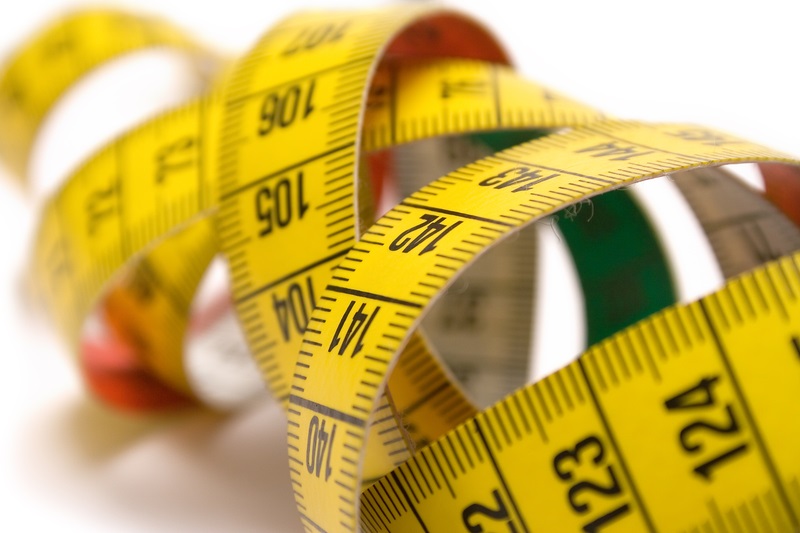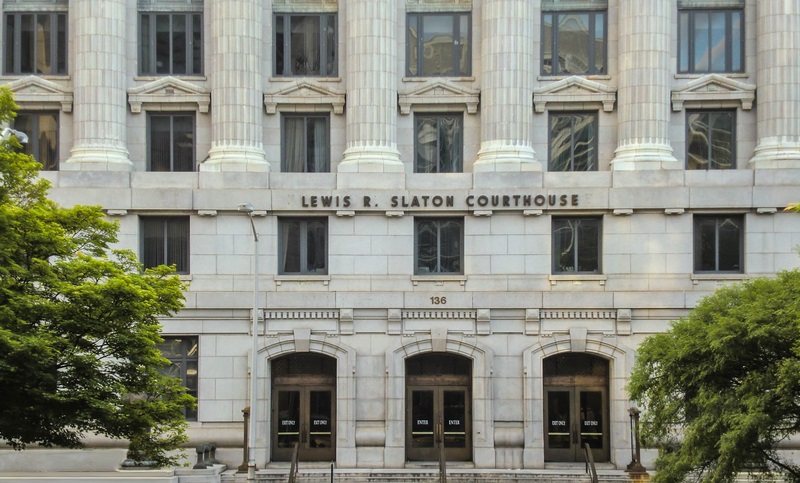
Photo: Monkey Business Images | Dreamstime.com
Engaging the public with data
27 July 2022
Sponsored by: Tyler Technologies
Data-sharing isn’t only important internally within cities to drive decision-making but also externally as part of community engagement, transparency and innovation.
But cities are increasingly realising that a ‘build it and they will come’ approach doesn’t work with open data.

To really get the most from data sharing, local governments need to invest in curating the right data, making it easy for people to use, and creating context around it so that it’s relevant for innovators, researchers, and residents who are not data specialists.
“The pandemic meant that elected officials had to get more engaged with data and had to think about their data more as an asset,” said Melissa Bridges, who joined Tyler Technologies as Senior Client Success Manager last year, having previously worked for ten years for the City of Little Rock, Arkansas.
“When elected officials understand the power of data, those cities are taking it to the next level and doing much more with it.”
Meet people where they are
Residents have busy lives: many have never visited an open data portal nor would see a reason to do so. But cities can turn data into useful information and be proactive about showing people what it means for them.
Memphis Mayor Jim Strickland has a strategic plan to put data at the heart of every decision, policy, and programme, with a goal to boost transparency and accountability — both internally and publicly.
To kickstart this, the city launched a data hub, powered by Tyler Technologies’ Enterprise Data Platform, that can interact with all of Memphis’ source systems to build a true analytics programme.
As well as delivering internal benefits that enable the city to tap into new insights much faster, the platform allows data to be presented to the public.
Just three months after launching the Memphis Data Hub, the site already had more than 15,600 users and 137,000 pageviews. This was largely down to a coordinated effort by the city.
“Through a targeted outreach campaign, we’ve been able to bring the data hub to neighbourhood meetings, train librarians on how to use it, and collaborated with civic groups to host a Civic Data Hackathon in conjunction with Open Data Day,” said Sarah Harris, Director, Office of Performance Management at the City of Memphis.
“Externally, the Memphis Data Hub has given us a tool to better communicate our work with citizens through the performance dashboard and data stories that explain how we use data in our day-to-day work.”
This highlights the shift away from ‘data for data’s sake’ in cities. Rather, leaders are increasingly using data to engage residents and innovators on key priorities, such as addressing the climate crisis, improving air quality, or reducing crime. They can also share data to explain and contextualise city decisions and proposals.
“Cities are beginning to get more creative,” said Bridges. “Many of them have had this information or open data for some time but now they’re starting to think more about the conversation they could have with and around the data. They’re asking: ‘What are the issues that are happening in our community right now, and how could data help?’”
Useability
If cities want to get their data used beyond analysts and developers, they need to make it user-friendly.
Visitors to the Memphis Data Hub, for instance, can access performance dashboards with easy-to-understand colour coding and story pages tied to each metric that give deeper context, additional data, and resources. They can also access maps through the Citizen Connect app to view trends and patterns related to crime incidents going back to 2006, service requests, civic assets, and the city’s capital improvement projects.
“By showing off the benefit of using data and that positive impact, and giving people a platform to share it with the mayor, we were able to change the culture,” Harris said. “It comes down to the saying ‘use data as a flashlight, not a hammer.’”
Bridges said that based on demand from cities, visualisation and useability is one of the areas that Tyler is investing most heavily in.
Many cities are adding how-to guides to help people use the data and create their own visualisations and this is seeing usage expand to the likes of students and researchers, neighbourhood associations, and other community groups.
Bridges commented: “Visualisation is only as good as the context you can put around it – and that’s been the key pivot that I’ve seen a lot of our cities take. It’s not just data, maps and graphs – it’s about sharing why it’s important, what it means and how it affects people as residents.”
The more that expert staff can add this colour, the more people are likely to interact with the information, and the more engagement and innovation cities will receive in return.
You can’t manage what you don’t measure – establishing the right metrics and breaking data out of silos is key. Learn more about how Tyler Technologies can help your city.












